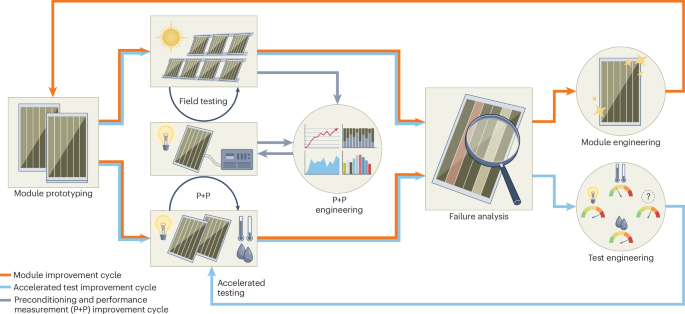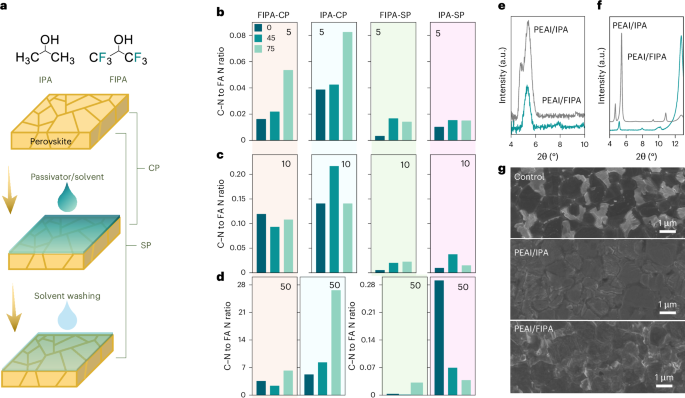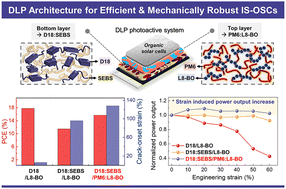Scandium Induced Structural Disorder and Vacancy Engineering in Li3Sb – Superior Ionic Conductivity in Li3−3xScxSb
Advanced Energy Materials, EarlyView.

A superionic conductivity of 42 mS cm−1 at 298 K is reported for Li2.55Sc0.15Sb, which exceeds the highest ionic conductivity reported for a solid Li-ion conductor to date by 10 mS cm−1. In the series Li3−3
x
Sc
x
Sb (0 < x ≤ 0.15), the gradual incorporation of Sc facilitates vacancy formation, converting pristine Li3Sb from an electrical to an ionic conductor.
Abstract
Solid-state electrolytes are indispensable for all-solid-state batteries. Sulfide-based solid electrolytes, such as Li10 MP2S12 (M = Ge, Sn) and Li6PS5 X (X = Cl, Br, I), exhibit excellent ionic conductivities, with the fastest Li+ ion conductor, Li9.54[Si0.6Ge0.4]1.74P1.44S11.1Br0.3O0.6, achieving 32 mS cm−1 at room temperature. Phosphide-based solid electrolytes have recently shown great potential with diverse structures and variable ionic conductivities. This compound class is expanded to the heavier homolog Li3Sb, showing its transformation to a superionic conductor through aliovalent substitution of lithium with scandium. Resulting Li2.55Sc0.15Sb shows an unexpected high ionic conductivity of 42(6) mS cm−1 at 298 K under electron-blocking conditions in line with a very low activation energy of 17.6(8) kJ mol−1, representing the highest and lowest reported values, respectively, for a solid Li-ion conductor so far. Additionally, the compound exhibits a significant, but two orders of magnitude lower electronic conductivity making it a promising candidate for mixed ionic-electronic conductor (MIEC). The series of new compounds Li3−3 x Sc x Sb, maintains the β-Li3Sb structure up to a nominal composition of x(Sc) = 0.15, with Sc3+ ions occupying the tetrahedral voids of the face-centered cubic Sb anion arrangement and creating vacancies that facilitate efficient Li+ ion diffusion pathways. This work proposes a general design strategy for vacancy engineering in which replacement of Li with Sc in simple binary compounds has a direct impact on the ion mobility.















































































































































